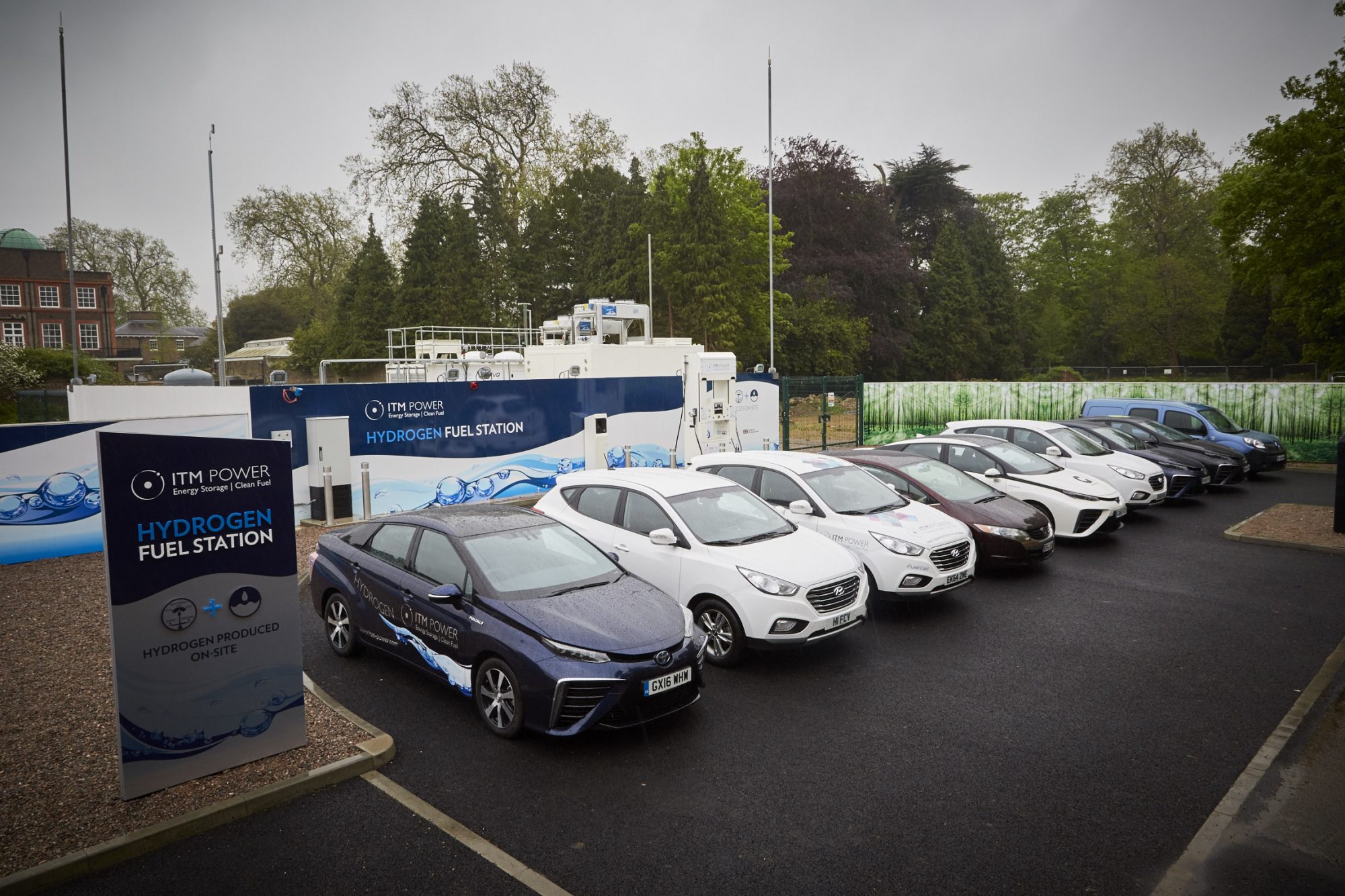What we need to know about hydrogen on climate change and decarbonisation in the UK
Dr Gareth Hinds, Science Area Leader in Electrochemistry at the National Physical Laboratory (NPL), tells us what we need to know about hydrogen in the UK, including broader comment on climate change and decarbonisation
Over the last few years, the world has woken up to the need to reduce emissions and invest in climate resilience. The UK is continuing to lead by example with its net-zero targets written into law and developing scalable ways of decarbonising the UK to address climate change, air quality and energy security is high on the UK Government’s agenda.
To meet the aspirations of achieving net-zero by 2050, and for energy to become more affordable, clean and secure, a shift away from fossil fuels towards renewable energy sources is required. Great progress has already been made in transitioning the electricity grid, but there are huge challenges in other sectors, such as transport and heating, which make up the bulk of UK emissions. Hydrogen is one option to solve these challenges, but it can’t do it alone.
Hydrogen in the UK
Back in September 2020, after a debate in the House of Lords, it was confirmed that a national Hydrogen Strategy will be published ahead of COP26 in November 2021. This will be linked to the publication of an upcoming Energy White Paper outlining the broader UK strategy, expected in early 2021. Despite all the progress made within the hydrogen sector in the UK, a systems-level approach is still required that considers inter-dependencies and trade-offs with the entire UK energy sector. It is important that the strategy is flexible enough that it can develop and respond to new disruptive events or technologies in this rapidly developing sector, such as the rapidly plunging cost of renewables and electrolysis.
The UK has made a significantly lower investment into funding research and development and large-scale deployment of hydrogen technologies when compared to some other countries and is lagging behind Japan, Korea, China and Germany. The UK has been successful at delivering small scale demonstration projects, but this needs continued support to progress and scale-up, building on traditional strengths in engineering and energy supply. This strategy will play a key role in cementing the UK as a global leader in this area.
Climate change and decarbonisation
Tackling climate change and solving the decarbonisation challenge is a global problem, therefore, it is vital that there is international collaboration. The EU, the U.S. and Japan are extremely efficient at bringing together consortia of expertise from academia, industry and research institutes to develop new technologies with long-term applied research funding streams, for example through the EU Fuel Cells & Hydrogen Joint Undertaking and the ENE-FARM project in Japan. A similar approach could easily be replicated in the UK and would help to boost our progress.
It will be very difficult to achieve net-zero without hydrogen. It is a complementary and highly flexible energy vector that is particularly well suited to areas where other technologies will not be feasible, such as heating, industrial power and heavy-duty transport. However, although hydrogen will play a key role in achieving net-zero, it is important to recognise that many other complementary technologies will also be required.
For example, Battery Electric Vehicles (BEVs) and Fuel Cell Electric Vehicles (FCEVs) are highly complementary technologies and will be deployed in different scenarios that play to their respective strengths. Batteries are more efficient at storing and releasing energy than hydrogen so are ideally suited to light-duty passenger vehicles regularly travelling short distances where they can be recharged between journeys. For heavier vehicles or those undertaking longer journeys, the prohibitive weight and recharging time of batteries make hydrogen a more suitable option.
Hydrogen is also easy to store in large quantities for long periods of time, for example, in the salt caverns that were used to store town gas (which comprised 50% hydrogen) before the advent of natural gas in the 1960s. This makes it ideal for smoothing out seasonal variations in energy demand on a UK-wide scale.
A future net-zero energy landscape
The ability to couple electricity, heating and transport in a flexible and adaptable manner makes hydrogen a key component of a future net-zero energy landscape. Significant investment is required to maintain global competitiveness, but it would appear that joined-up UK government policy in this area is finally on the horizon.

